Chinese Juniper Shrubs: Tips On Caring For Chinese Juniper
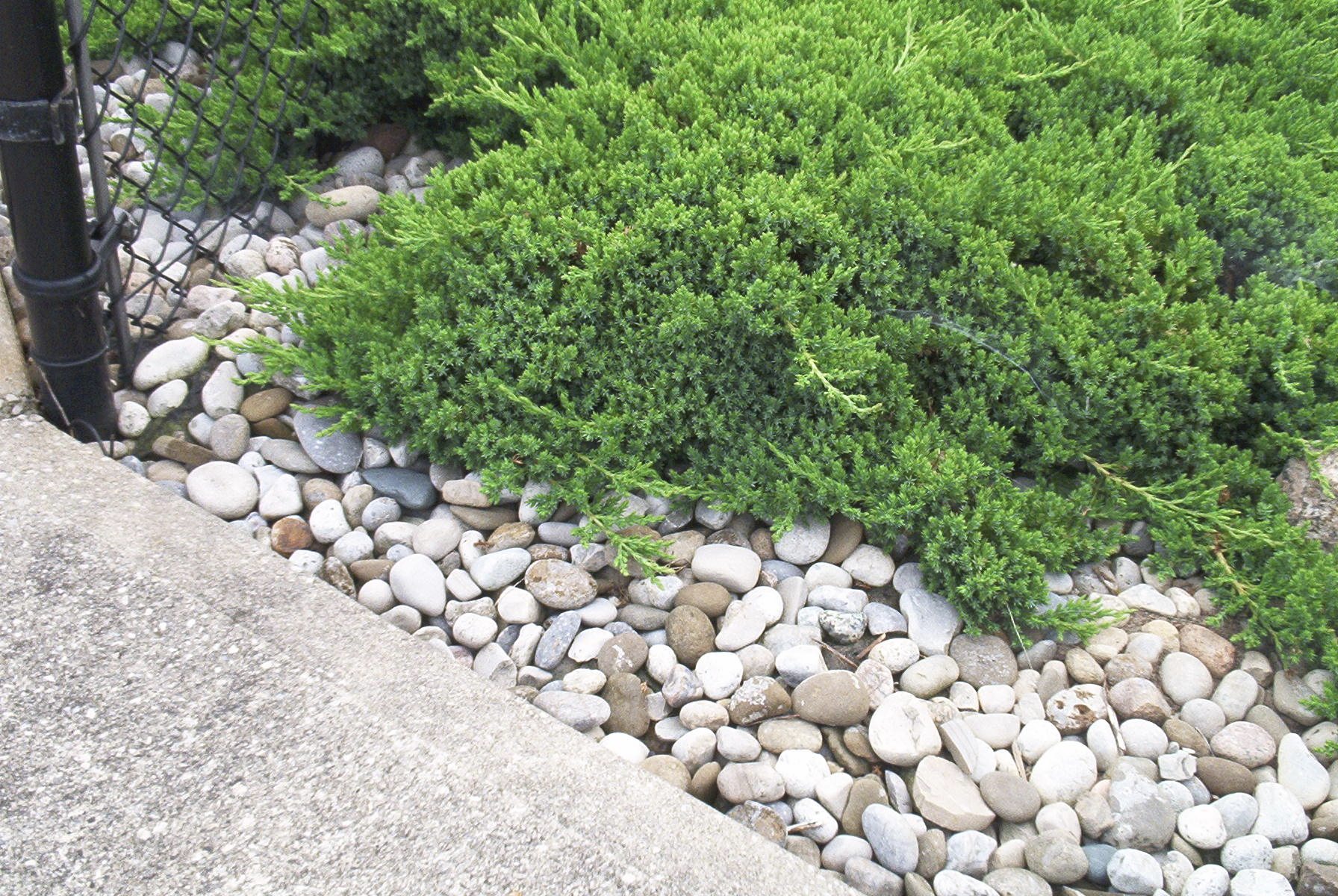

Although the original species (Juniperus chinensis) is a medium to large tree, you won't find these trees in garden centers and nurseries. Instead, you'll find Chinese juniper shrubs and small trees which are cultivars of the original species. Plant taller varieties as screens and hedges and use them in shrub borders. Low-growing varieties serve as foundation plants and groundcovers, and they work well in perennial borders.
Caring for Chinese Juniper
Chinese junipers prefer moist, well-drained soil, but they will adapt almost anywhere as long as they get plenty of sun. They tolerate drought better than excessively wet conditions. Keep the soil evenly moist until the plants become established. Once they begin to grow, they are practically carefree. You can reduce the maintenance even more by reading the mature plant measurements on the plant tag and choosing a variety that fits the space. They have a lovely natural shape and will not need pruning unless crowded into a space that is too small. They don't look as nice when pruned and won't tolerate severe pruning.
Chinese Juniper Groundcovers
Many of the Chinese juniper groundcover varieties are crosses between J. chinensis and J. sabina. The most popular varieties for this purpose grow only 2 to 4 feet (61 cm. to 1 m.) tall and spread 4 feet (1 m.) wide or more. If you plan on growing a Chinese juniper plant as a groundcover, look for one of these cultivars:
- 'Procumbens,' or Japanese garden juniper, grows 2 feet (61 cm.) tall with a spread of up to 12 feet (4 m.). The stiff horizontal branches are covered with blue-green, wispy-looking foliage.
- ‘Emerald Sea' and ‘Blue Pacific' are members of a group called Shore Junipers. They grow 12 to 18 inches (31-46 cm.) tall with a spread of 6 feet (2 m.) or more. Their salt tolerance makes them a very popular seaside plant.
- ‘Gold Coast' grows 3 feet (1 m.) tall and 5 feet (1.5 m.) wide. It has unusual, gold-tinted foliage.
Gardening tips, videos, info and more delivered right to your inbox!
Sign up for the Gardening Know How newsletter today and receive a free copy of our e-book "How to Grow Delicious Tomatoes".

Jackie Carroll has written over 500 articles for Gardening Know How on a wide range of topics.
-
 Looking For Plants To Give You The Soft And Fuzzies? Try These 5 Fuzzy Leaf Plant Options
Looking For Plants To Give You The Soft And Fuzzies? Try These 5 Fuzzy Leaf Plant OptionsLovers of texture, drama, silver foliage and tactile plants will adore these special sensory garden additions. These fuzzy leaf plant options will leave you all aglow
By Susan Albert
-
 Get Ready For A Summer Of Hummers! Grow These Full Sun Hummingbird Plants and Flowers
Get Ready For A Summer Of Hummers! Grow These Full Sun Hummingbird Plants and FlowersIf you’re lucky enough to enjoy a sunny backyard, make sure you are maxing out on your pollinator opportunities and grow these full sun hummingbird plants and flowers
By Tonya Barnett
-
 How To Grow A Potted Juniper: Caring For Juniper Trees In Containers
How To Grow A Potted Juniper: Caring For Juniper Trees In ContainersSmall juniper trees grow well in containers. Click here for information on how to care for potted junipers.
By Teo Spengler
-
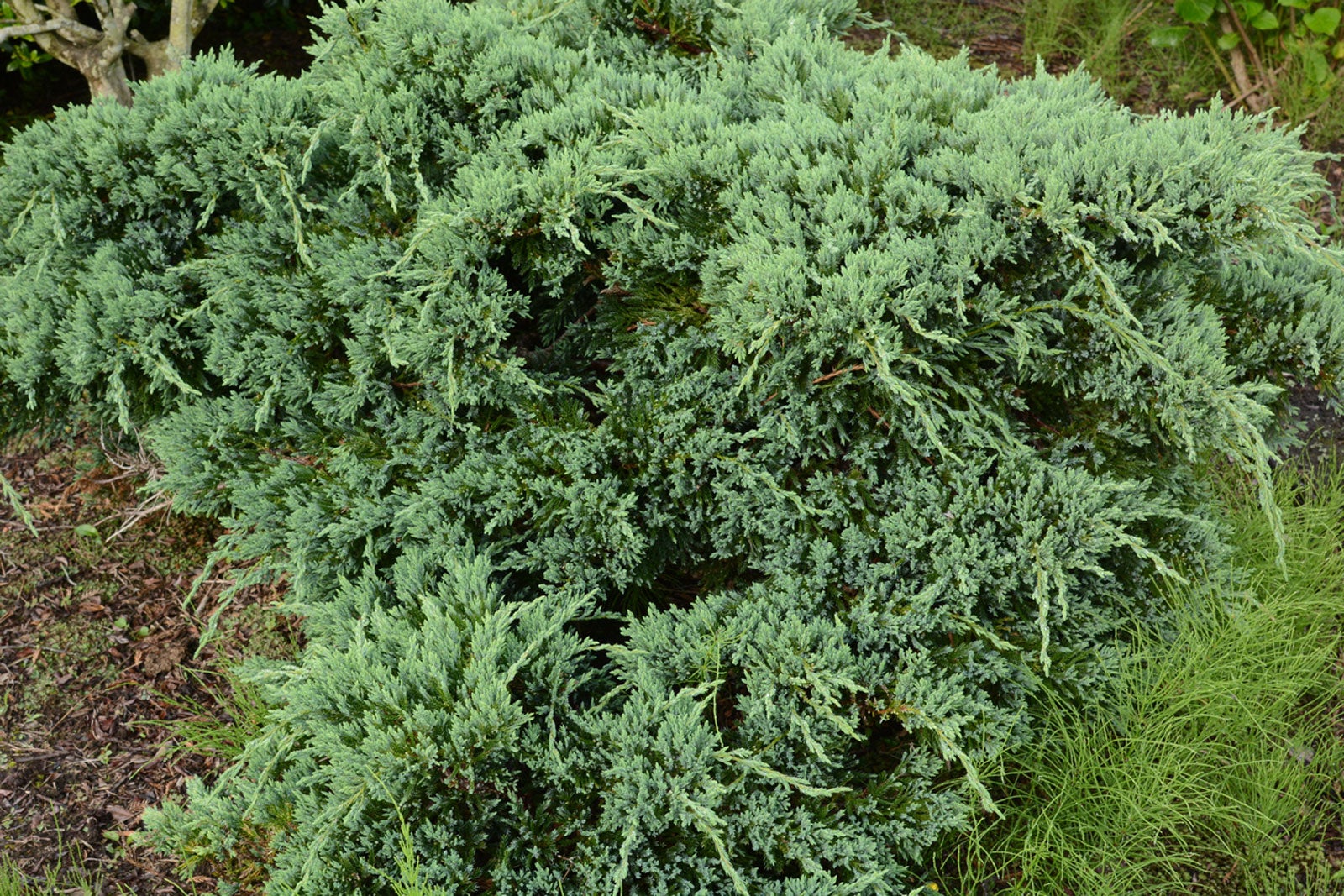 Japanese Juniper Care – How To Grow A Japanese Juniper Plant
Japanese Juniper Care – How To Grow A Japanese Juniper PlantIf you want a "set and forget" type of plant, Japanese juniper care is minimal and easy once established. For more information about this shrub of low heights and how to grow it in your garden, click the following article.
By Bonnie L. Grant
-
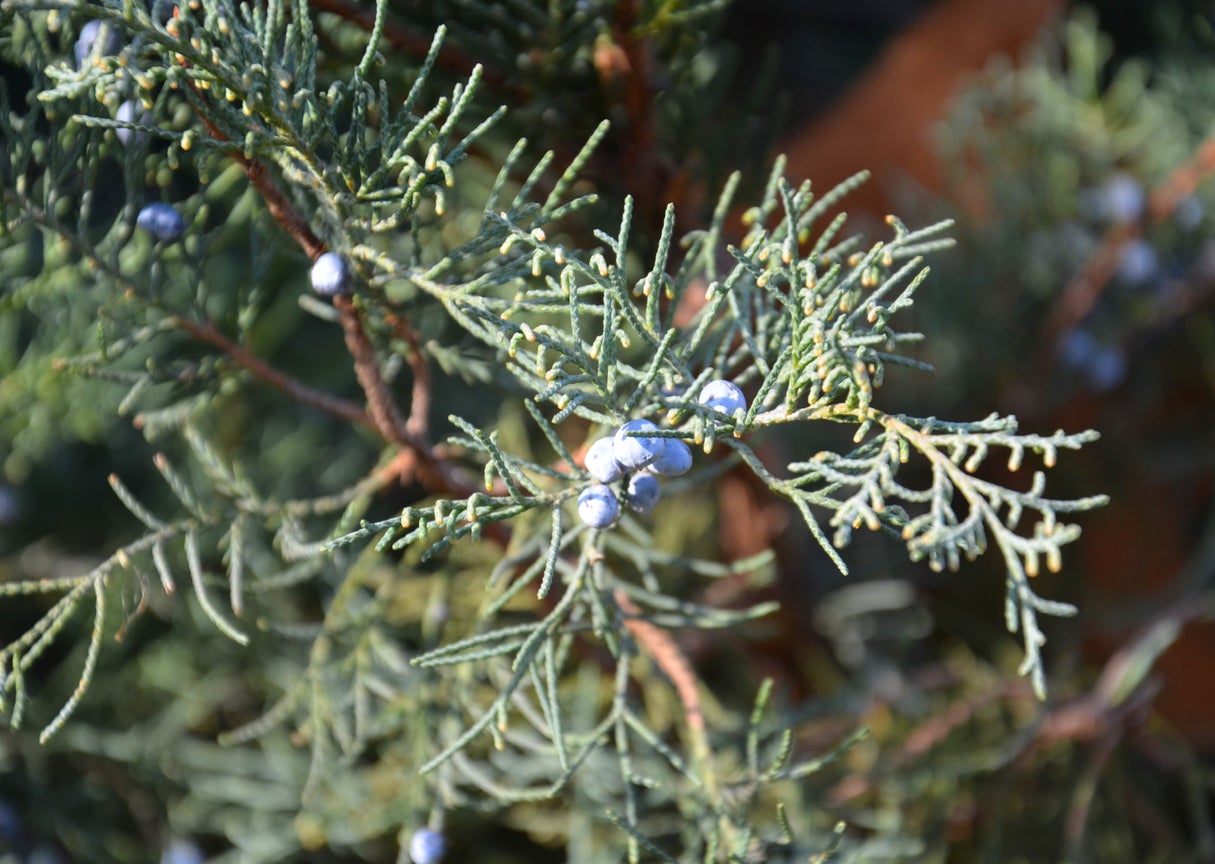 Mountain Cedar Information: Is Mountain Cedar Pollen Causing You Problems
Mountain Cedar Information: Is Mountain Cedar Pollen Causing You ProblemsMountain cedar is a tree with a common name full of contradictions. The tree is not a cedar at all, and its native range is central Texas, not known for its mountains. In fact, trees called mountain cedar are actually ashe juniper trees. Click here to learn more.
By Teo Spengler
-
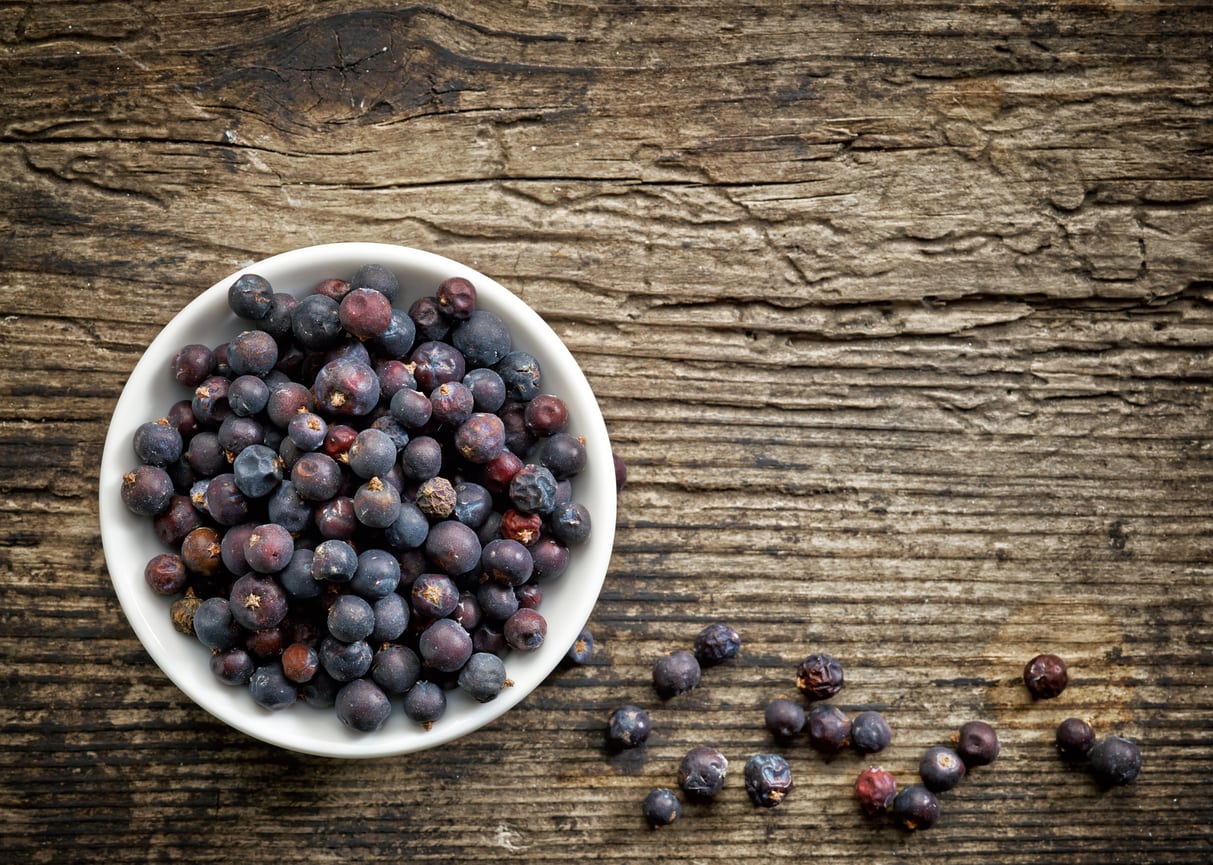 Are All Juniper Berries Edible – Is It Safe To Eat Juniper Berries
Are All Juniper Berries Edible – Is It Safe To Eat Juniper BerriesJuniper berries have been used as a strong flavoring for wine, mead, and other alcoholic beverages, as well as a spice for meats, stews, sauerkraut, and other dishes. Upon reading this, you may be wondering are all juniper berries edible? Click here for that answer.
By Darcy Larum
-
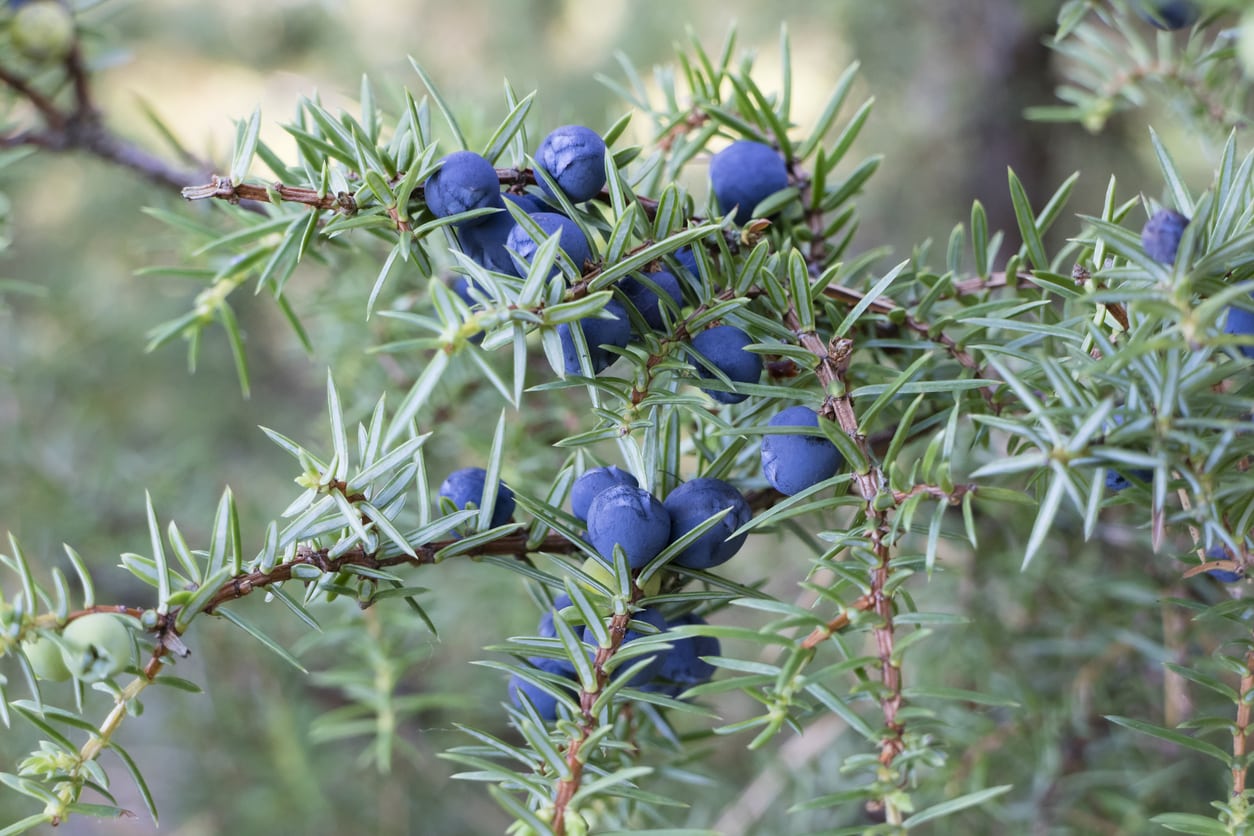 Juniper Berry Uses – What To Do With Juniper Berries
Juniper Berry Uses – What To Do With Juniper BerriesGiven that they are prolific and the fruit looks so much like a berry, the natural question is ‘can you eat juniper berries?” If so, what do you do with juniper berries? Click on the following article to find out how to use juniper berries along with some useful juniper berry recipes.
By Amy Grant
-
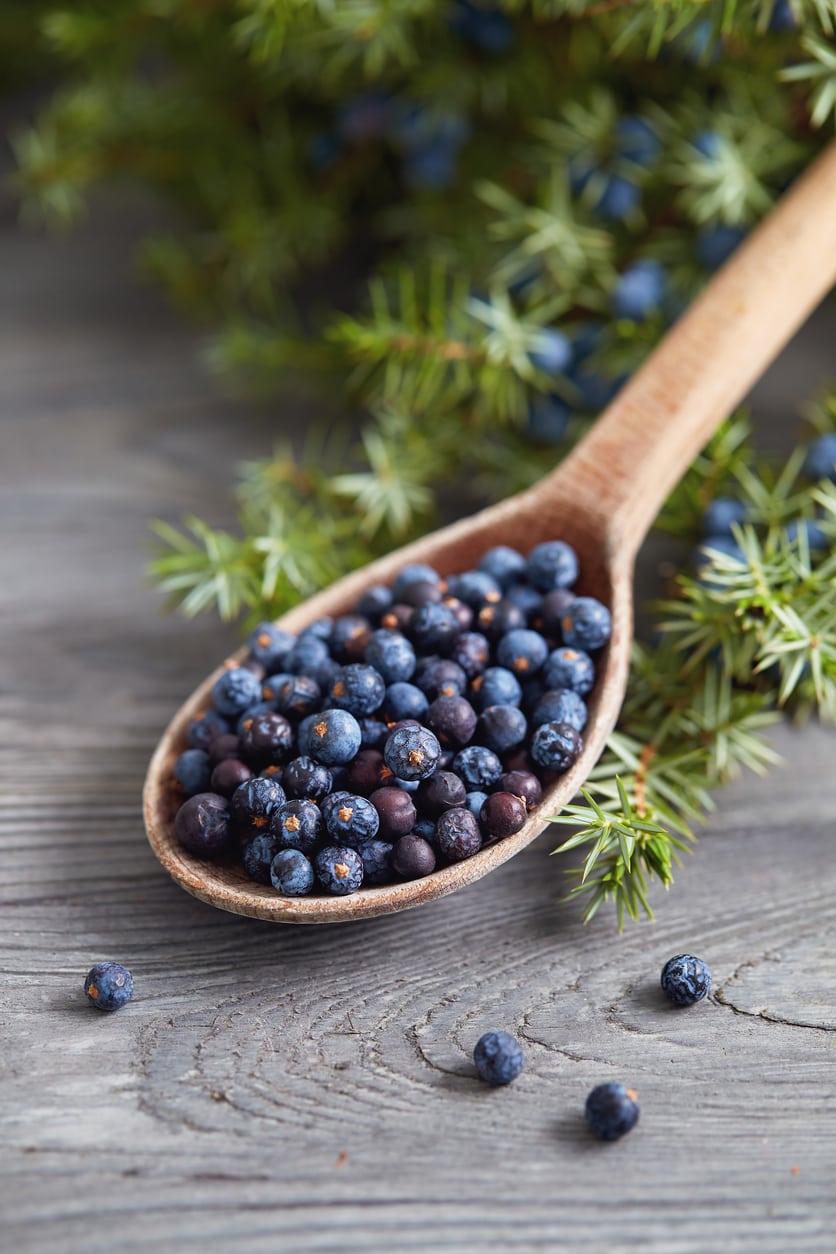 Juniper Berry Harvest Tips: How To Pick Juniper Berries
Juniper Berry Harvest Tips: How To Pick Juniper BerriesMany junipers produce berries that are toxic and inedible, but Juniperus communis berries are edible! Safe, aromatic and interesting, learn how to know which ones are safe how to harvest them.
By Bonnie L. Grant
-
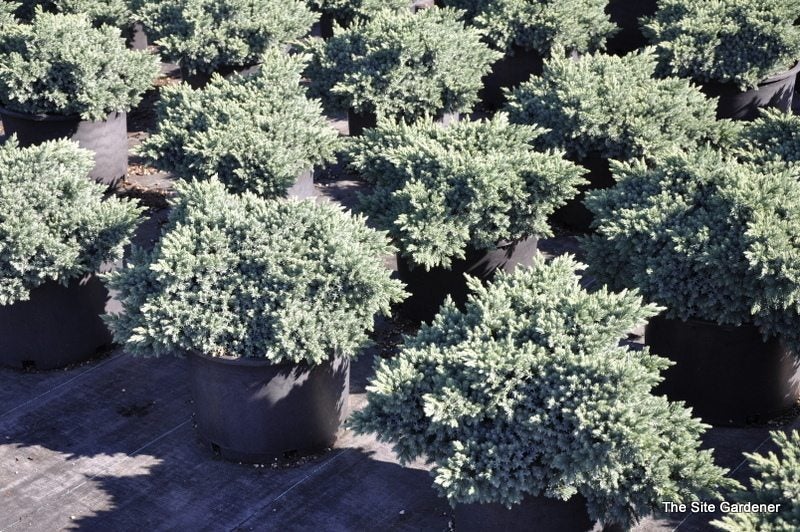 Growing Juniper ‘Blue Star’ – Learn About Blue Star Juniper Plants
Growing Juniper ‘Blue Star’ – Learn About Blue Star Juniper PlantsWith a name like "Blue Star," this juniper sounds as American as apple pie but, in fact, it is native to Afghanistan, the Himalayas, and western China. Gardeners love Blue Star for its thick, starry, blue-green foliage and its graceful rounded habit. Learn more here.
By Teo Spengler
-
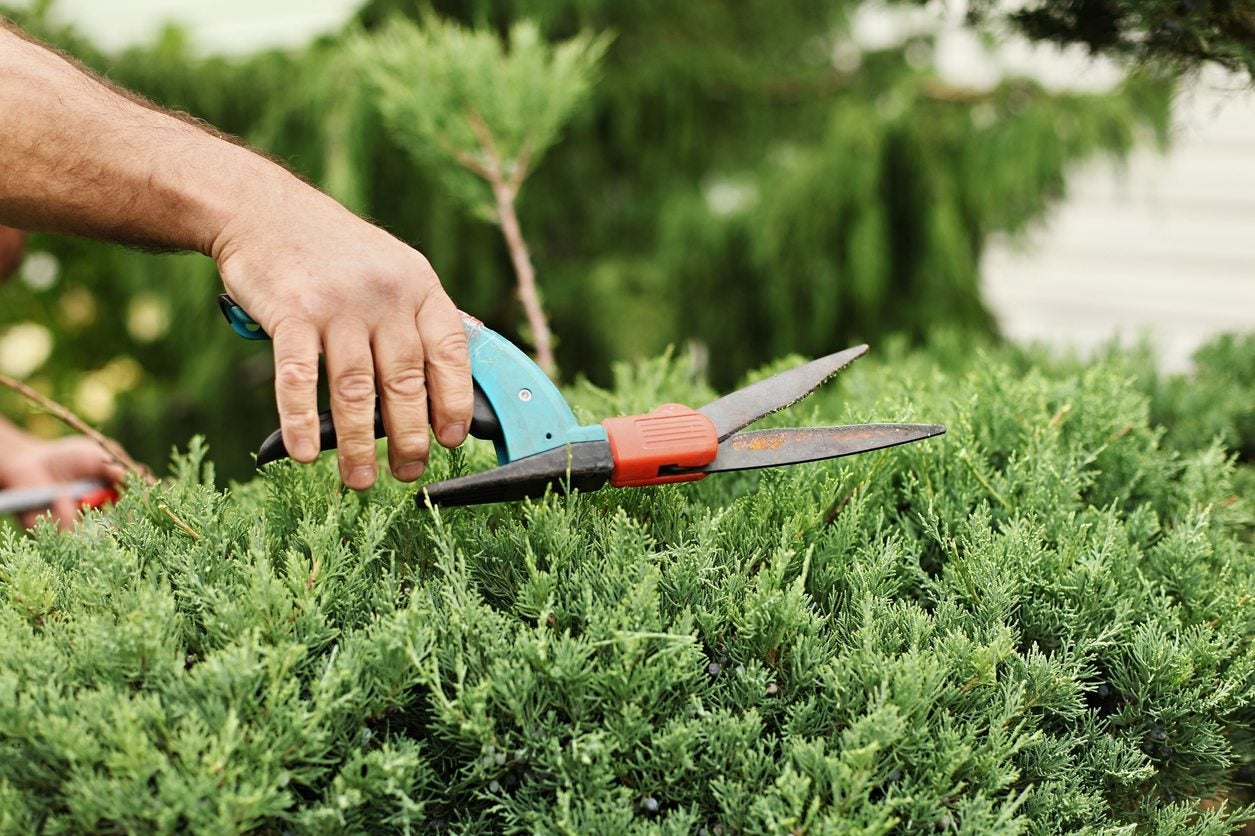 Can You Prune An Overgrown Juniper – Tips For Overgrown Juniper Pruning
Can You Prune An Overgrown Juniper – Tips For Overgrown Juniper PruningJuniper shrubs and trees are a great asset to landscaping. But sometimes, like the best things in life, they get away from us. What was once a smart shrub is now a wild, overgrown monster. So what can you do with a juniper that?s gotten out of hand? Find out here.
By Liz Baessler